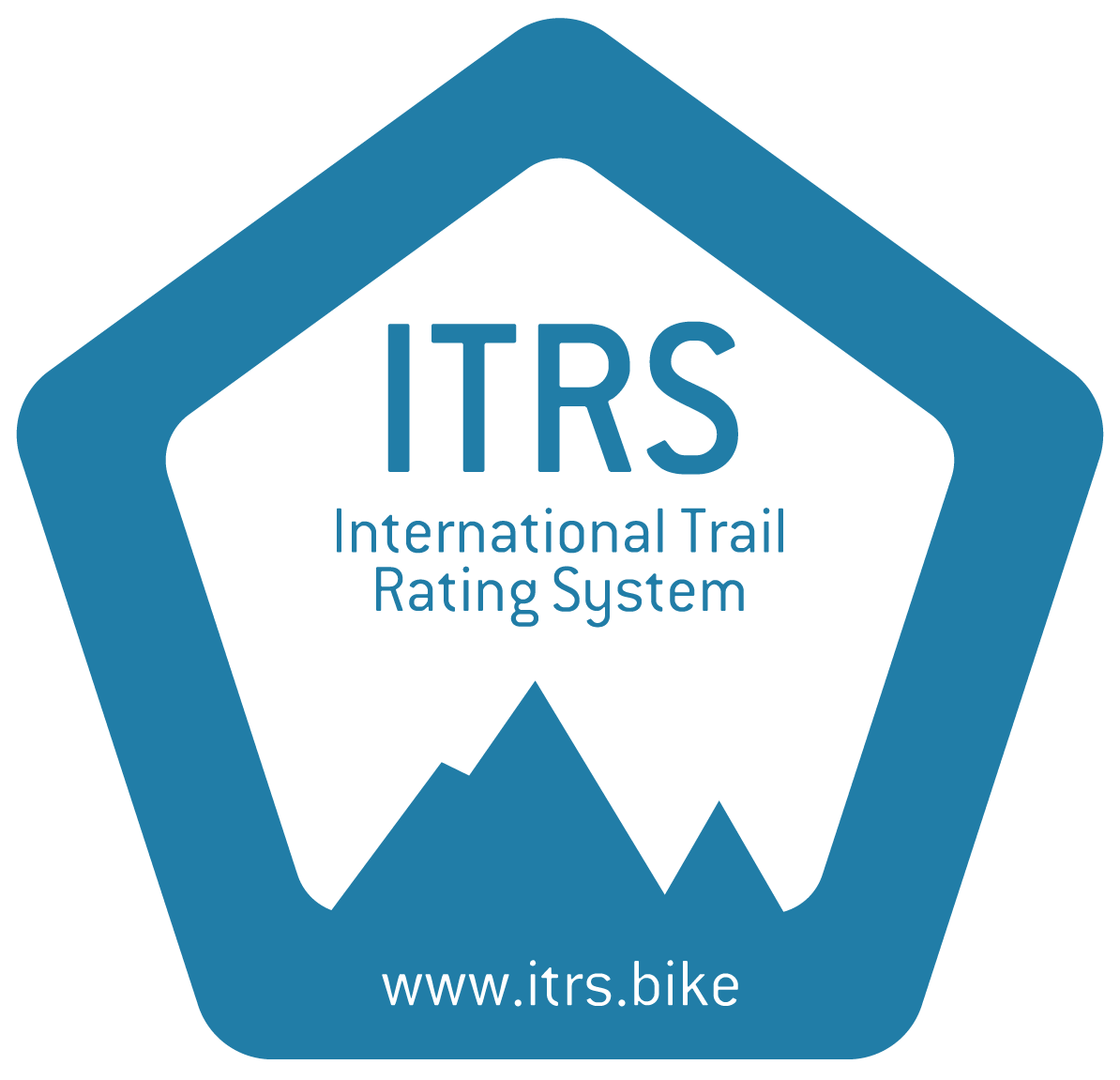Typical Concerns about the ITRS
Implementing ITRS is too expensive due to certifications and the rating app.
Using the ITRS is generally free of charge.
While we recommend that trails be rated by certified trail raters—who need to be compensated—this is not mandatory. ITRS can also be implemented without certification, with no associated costs.
At a national level, we advise against requiring all official bike trails to be rated by certified trail raters. Instead, the decision should be left to the market, allowing different levels of rating quality. For example:
- Basic Rating: Based solely on ITRS documentation, without training or the ITRS rating app.
- Trained Rating: Conducted after completing ITRS Level 1 & 2 training, which includes practical field examples, but without the rating app.
- App-Assisted Rating: Uses the ITRS rating app that requires an annual subscription. Making results public is free of charge.
- Certified Rating: Conducted by an ITRS Certified Trail Rater using the ITRS rating app. Includes additional reports on maintenance hot spots and mitigation measures to support the trail managers. A certificate fee applies.
This flexible approach ensures accessibility while maintaining quality rating options.
We already have signage in place—changing it is too expensive.
The ITRS does not require signage on trails. Ratings can be shared online or in printed materials, offering a lower-cost alternative.
If existing signage needs to be adapted, that may involve costs. However, for non-certified implementations, a simple “translation” of current signs into ITRS ratings—published online—is often sufficient.
Certified implementations should plan for some signage adjustments, but cost-effective solutions exist. For example, existing directional signs can remain unchanged, with ITRS ratings provided exclusively in digital formats.
The ITRS Route Pie is too complex—we don’t need that.
The route rating (the “Route Pie”) is optional.
If you’re only rating individual trails, as is typical in bike parks, only two factors are needed: technical difficulty and exposure.
The other two factors—endurance and wilderness—are only used when rating complete routes.
Even then, route ratings can be published online or in printed materials. On-trail signage is not required, although it has proven helpful in many destinations.
Our country is different—we need a system tailored to us.
ITRS uses universal criteria that apply to all types of terrain and infrastructure.
It’s true that some trail types or difficulty levels may be rare in certain countries. That’s useful information for riders—not a reason to change the system. For example, a flat country may not have any “Extreme” (orange) trails with fatal exposure, but the rating system still includes that possibility for clarity and consistency.
And flat terrain doesn’t limit trail difficulty. Technical “Expert” (black) trails can absolutely be designed in flat areas. ITRS enables trail design and evaluation across all levels of difficulty and types of terrain.
If a specific factor isn’t yet covered by ITRS, it can be added to the system to benefit all users. We’ve done this before—e.g., adding indicators for cactus presence or aggressive herding dogs in certain regions.
The ITRS includes trails that are too dangerous and should not exist. For safety reasons, we cannot allow this on our official bike trails.
The ITRS is a rating system, not a trail-building guideline. It objectively rates trails of all types but does not dictate how they should be built or whether they should exist.
For official bike trails, local authorities can establish additional planning, construction, and safety guidelines. These might include:
- Requiring all jumps (up to “Expert” level) to be rollable
- Limiting northshore features to a maximum height (e.g., 1.5m)
- Setting maximum gradients for uphill-only trails
- Restricting official trails from including the “Extreme” (orange) difficulty level
- Mandating safety measures for exposed sections with “fatal consequences” (black exposure level)
The ITRS must cover all possible trail conditions, including extreme cases, to enable a clear and objective assessment. This, in turn, helps authorities define appropriate safety standards for official trails.
We need a separate system for E-Bikes—they’re a growing trend.
ITRS ratings are independent of the type of bike.
Whether riders are on cross-country bikes, downhill bikes, or E-Bikes, the trail ratings remain the same. It’s up to the rider to decide if their chosen bike is suited to the trail or route chosen and their riding skills.
This applies especially to technical difficulty and endurance.
Since E-Bikes vary widely in power and range, it’s not feasible to give separate endurance ratings. ITRS uses the effort required without a motor as the reference. Riders can then adjust based on the capabilities of their specific E-Bike.
The ITRS documentation is only available in English.
On this page we provide the one-pager with the system overview (‘ITRS Nutshell’) in an increasing number of languages to control the translation of the wording for the difficulty levels.
The full documentation for download will remain to be in English only, since we update this document several times per year, and keeping many versions in different languages up to date is not efficient.
To address this issue, we plan to significantly increase the content on the ITRS website to cover much more of the content that is described in the full ITRS documentation. We will then use automated translation to display the website in various languages.
